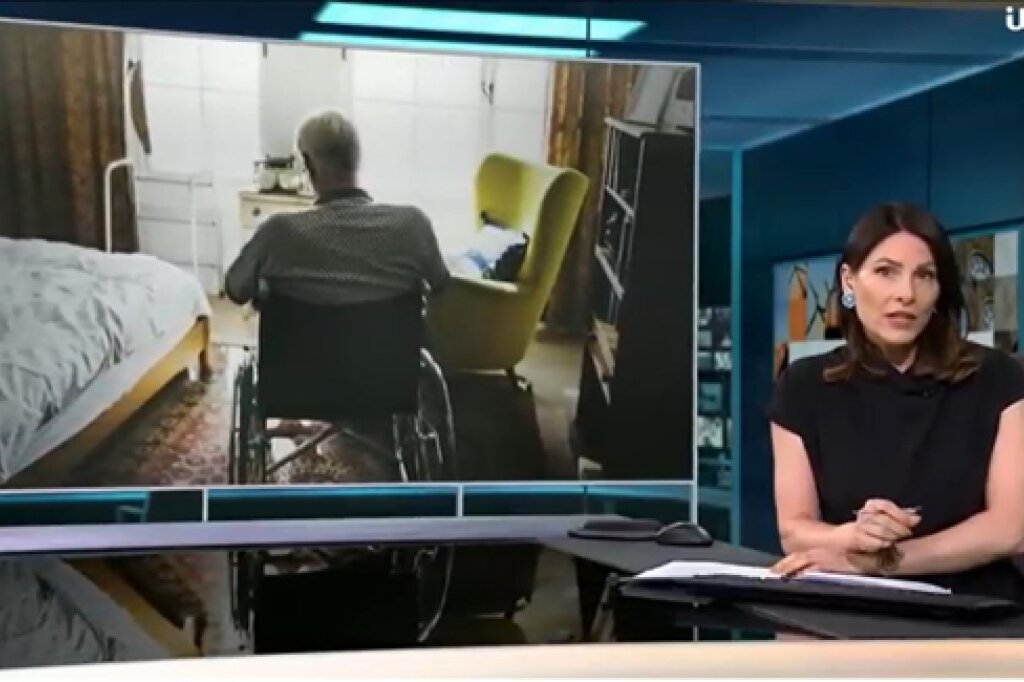CCTV in Care Homes: The Laws and Challenges
Explore the legal and ethical considerations of CCTV use in care homes. Learn about the laws, challenges and best practices for balancing resident safety and privacy.
The use of CCTV in UK care homes is a hot topic of debate. While there is not a blanket ban on CCTV in care homes, the use of CCTV is subject to several laws, guidelines and ethical considerations. Here is an overview:
Laws and regulations that affect care homes
Data Protection Laws
The UK operates under the General Data Protection Regulation (GDPR), which governs the use of personal data, including footage captured by CCTV. Care homes must comply with GDPR principles, ensuring that the use of CCTV respects residents' privacy rights.The Human Rights Act
Residents in care homes have the right to privacy and dignity under the Human Rights Act. The use of CCTV should balance the need for safety and care with residents' rights.Care Quality Commission (CQC)
The CQC is the independent regulator of health and social care services in England. The CQC have guidelines on the use of CCTV in care homes. While not prohibiting its use, CQC emphasises that CTV should not compromise residents' privacy or dignity.
CCTV challenges
Privacy concerns
One of the primary challenges is balancing the need for safety and monitoring with residents' right to privacy. CCTV can intrude upon residents' private moments and interactions.Consent and autonomy
Residents may not always consent to being monitored by CCTV, raising questions about autonomy and individual rights.Ethical Considerations
There are ethical implications to consider, including the impact of constant surveillance on residents' well-being and the potential for abuse or misuse of footage.Cost and implementation
Installing and maintaining CCTV systems can be expensive for care homes, particularly smaller ones with limited budgets. Additionally, ensuring that the systems comply with legal requirements adds complexity.Staff and resident relations
The presence of CCTV can affect the relationship between staff and residents and potentially lead to feelings of mistrust or discomfort.
Compliance considerations:
Consultation and transparency
Care homes should involve residents, families and staff in discussions about the use of CCTV. Transparency about the purpose, placement and access to CCTV footage is essential.Policy development
Care homes should develop clear policies and procedures governing the use of CCTV, including guidelines for accessing and storing footage, addressing privacy concerns and handling complaints.Training and awareness
Staff members should receive training on the ethical and legal considerations surrounding CCTV use, as well as how to respect residents' privacy and dignity while ensuring their safety.Alternative measures
Care homes should explore alternative safety measures and interventions that respect residents' rights and dignity, such as improved staffing levels, enhanced training and environmental modifications.
In summary, while CCTV can enhance safety and security in care homes, its implementation must be carefully considered to ensure compliance with legal requirements and respect for residents' rights and dignity. Transparency, consultation, and ethical considerations are crucial in navigating the complexities of using CCTV in this sensitive environment.
CCTV in care homes case references and statistics
The use of cameras and CCTV in care homes is a complex and emotive topic, which involves privacy issues and service delivery.
There are those who advocate the deployment of cameras to monitor the quality and suitability of care provision itself.
There have been several high-profile examples of systemic care home service failures and care home abuse.
There have been instances of family members installing hidden cameras when their suspicions have been aroused about the behaviour of care home staff.
Plus, there are too many official enquiries that have found against the practices of care homes. The public certainly cannot take for granted that all care homes operate to the same standards, or that all services are adequate.
It is ten years since the Care Quality Commission report on Orchid View care home following an inquest into the deaths of 19 people living at Orchid View in West Sussex.
In June 2023, ITV News reported on alarming levels of abuse in care homes. Specific cases of abuse were captured on hidden camera at Reigate Grange care home. The video footage of is naturally concerning, and even more so for anyone with a family member in residential care or considering residential options for a relative.
How many care home abuses are reported and charged?
One of the most troubling insights of the ITV News report was that only 1% of care home abuse reports ends in a criminal charge.
The perpetrators of alleged care home abuse are rarely prosecuted. ITV News solicited a response from all 43 police forces in England and Wales, 16 of which responded.
Police responses revealed that of 1080 allegations of care home abuse, only 16 resulted in criminal charges being brought.
Union views on CCTV in care homes
A few years ago, the trade union UNISON published a document entitled “Use of surveillance in health and care settings: Guidance for UNISON representatives.”
The document highlights just how complex the issue of surveillance in care homes is for residents, family members, care home staff and care home operators. The document opens by saying: “This is a sensitive debate with implications for the rights of patients and service users, and for the workforce.”
UNISON describes its concerns for the provision of consistent quality care and with the well-being of its members. UNISON acknowledges that care providers may decide to install visible surveillance cameras to provide reassurance to relatives, or to deter and detect abusers. UNISON also advises that the consent of the resident is required to install cameras in a bedroom.
Cameras in care homes: Pros and Cons
Historically, the debate about the use of cameras in care homes has centred on issues of safety and privacy, and which one should take precedence. Latterly, the need to detect and deter abuse has informed discussions about when, how and why cameras should be deployed.
Cameras in care homes: the Pros
Enables monitoring of vulnerable residents
Widens the virtual reach and utility of care staff
Faster response times to deal with potential injuries
Facilitates efficient resident comfort-check measures
Peace-of-mind connection for family members
Detecting and deterring care home abuse
Cameras in care homes: the Cons
Residents may object to constant monitoring and have dignity concerns
Fellow residents and visitors may object to being on camera
Cameras can increase staff resentment and also lead to false accusations
Covert surveillance by a care home or an individual may lead to prosecution
Privacy law does not cover the circumstances of all patients and can lead to protracted and costly disputes
Best practices for installing CCTV in care homes
When installing CCTV in care homes, prioritise resident privacy and compliance with legal regulations.
Ensure cameras are strategically placed in common areas, entrances and exits. Avoid private spaces like bedrooms and bathrooms.
Use high-quality, secure equipment to protect against unauthorised access.
Engage with residents, families and staff to explain the purpose and benefits of CCTV, and emphasise safety and security.
Regularly review and update policies to stay aligned with data protection laws.
Ensure the system is simple to maintain, with clear protocols for footage storage and access.
Train staff on proper CCTV use and privacy considerations is essential.
Flexible surveillance technology available for care homes
Having worked in the healthcare sector for many years, we at Facit know that the primary concern of healthcare professionals is the well-being of people in their care. Plus, as with clinical technology, progressive thinkers embrace technology that can help them in their roles and improve the lives of patients.
Surveillance technology today is not a matter of one-size-fits-all. Technology does not have to be ‘always on.’ Privacy concerns can be addressed more easily, with the advent of dark mode operation, live redaction, and alerts for critical events such as falls and missing persons.
If you are looking to extend the capabilities of your care home cameras, or to deploy additional cameras in potentially sensitive areas, please get in touch to discuss compliant surveillance options and video analytics solutions.




